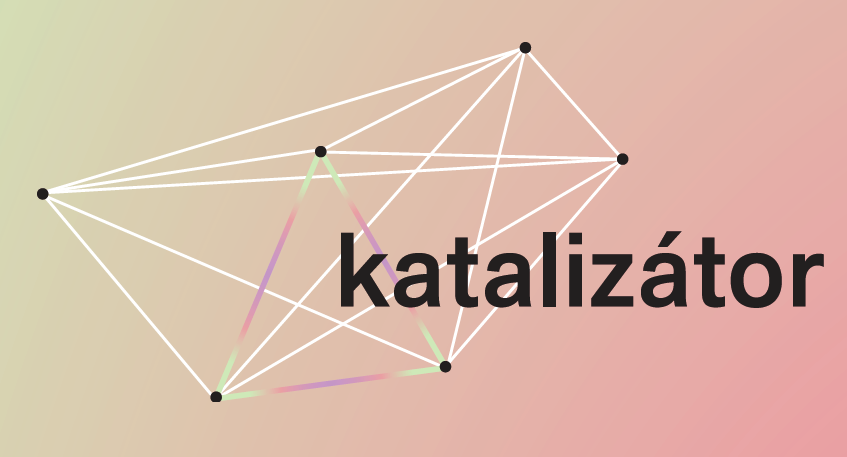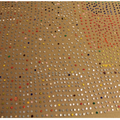„A Krétakör és Schilling Árpád (...) azért a legtehetségesebb vagy legígéretesebb társulat és rendező ma, (...) mert járatlan utakat nem adnak fel már bejárt és beváltakért." (Kiss Gabi)
"Az európai neoavantgárd megtanította a nézőket sokfélekképpen figyelni a színpapdon zajló cselekménysorozatra. Magyarországon ez nem így volt: (nagyrészt) nem történt meg a nézői attittűdváltás, mert a korszak „másszínházi” törekvései intézményen kívülre szorultak, ezért nem is gyakorolhattak hatást a nézői szokásrendre. A Krétakör Színház előadásasai azért [voltak] fontosak, mert a megértés művészetét, vagy a művészet megértésnek működését hagyták előtérben." (Tóth Viktória)
Tizenkét év sikeres társulat- és repertuárépítő munka után a Schilling Árpád nevével fémjelzett budapesti Krétakör a színházi kifejezés új módozatainak kutatásába kezd. (Gáspár Máté és Schilling Árpád, 2007)
A ’Krétakör’ név utal ugyan Brecht Kaukázusi krétakörére, de elsősorban egyszerűen egy krétával rajzolt körre a földön. Egy kis terület, amelyet körülkerítünk, kijelölünk a térben, és azután azt mondjuk: ide figyeljetek, itt történik valami, ezen a körön belül, ide sűrítettük a létezés egy darabkáját. Veress Anna © kretakor.dev.theater.hu
Szabadulóművész apológiája
Akadályverseny
Urbanrabits
Anyalógia
Majális
Hol a határ?
Új néző
Krízis trilógia
________
Krétakör (Chalk Circle)
“The Krétakör and Árpád Schilling [...] are the most talented or the most promising [theatre] company today, […], because they do not give up on the roads not taken for the roads already taken with success.”
“The European Neoavantgarde has taught the viewers to observe in a variety of modes the series of acts happening on stage. In Hungary it has not been like that: (for the most part) the change in the attitude of the viewer has not taken place, since the era’s alternative theatre aspirations have been marginalized outside of the institutional framework, and thus could have no effect on the naturalized habits of the viewer. The performances of the Krétakör Theatre have been important because they also allow for the art of understanding and for the understanding of art” (Viktória Tóth)
After twelve years of successfully building of a company and a repertoire, the Budapest-based Krétakör Theatre, hallmarked by Schilling Árpád, starts researching the new modes of theatrical expression. (Máté Gáspár and Árpád Schilling. Feb. 8, 2007)
Even though the name “Krétakör” (Chalk Ciricle) refers to Brecht’s Caucasian Chalk Circle, it primarily and simply refers to a circle drawn on the ground with a piece of chalk. A small territory, which we have encircled, demarcated in space, and then we say: look here, something is going on here, within this circle, we have condensed here a particle of existence. © kretakor.dev.theater.hu

 A
A 





